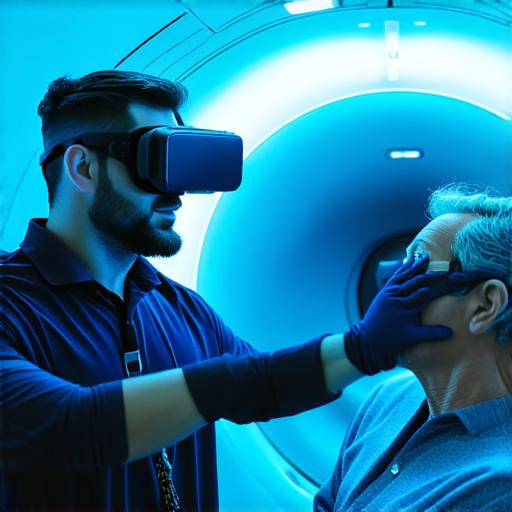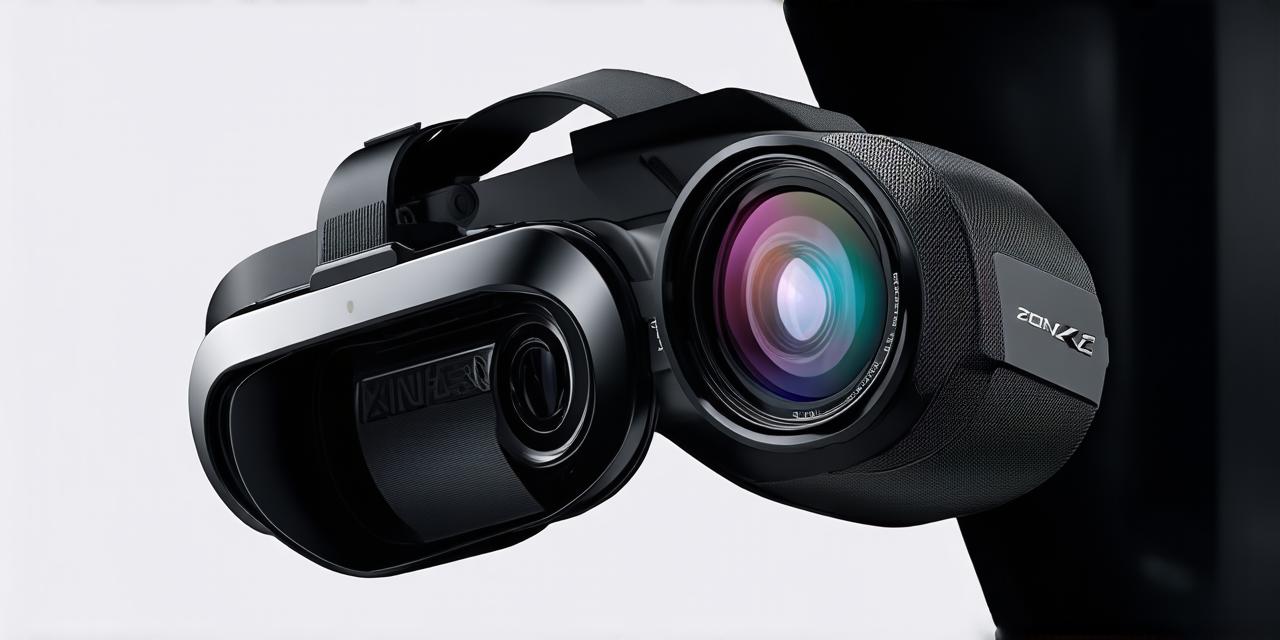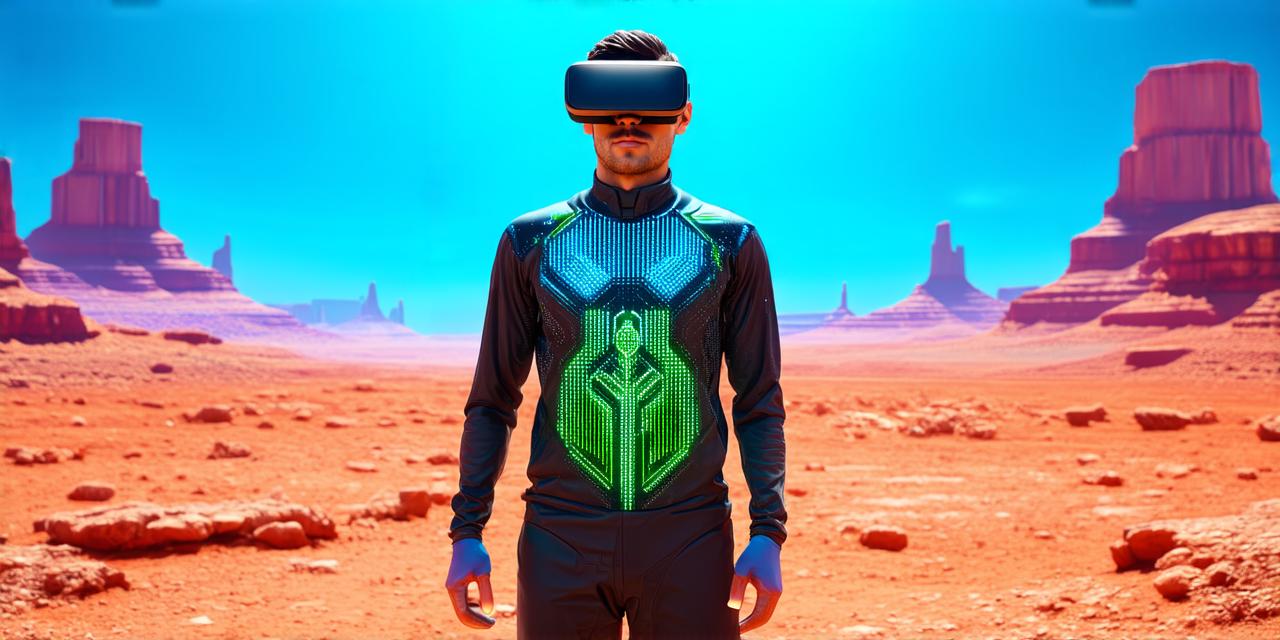Virtual reality (VR) is a technology that simulates a 3D environment in which users can interact and experience things as if they were real. In recent years, VR has been gaining popularity in various industries, including healthcare. Here’s how VR can be utilized in healthcare settings to improve patient outcomes and revolutionize the way we approach medical care.
1. Virtual Reality in Medical Training
VR provides an immersive and realistic training environment for medical professionals. With VR, doctors and nurses can practice complex procedures without risking patients’ lives. For example, a surgeon can practice a surgical procedure on a virtual patient before performing it on a real patient. This not only reduces the risk of errors but also improves patient outcomes.
2. Virtual Reality in Pain Management
Pain management is an essential aspect of healthcare. VR technology can be used to distract patients from pain by creating an immersive experience that engages their senses and diverts their attention away from the pain. For example, a patient with chronic pain can use VR headsets to explore virtual environments and engage in activities that they enjoy.
3. Virtual Reality in Mental Health Treatment
VR technology can be used to treat mental health conditions such as anxiety, depression, and post-traumatic stress disorder (PTSD). By creating a realistic simulation of a triggering situation, therapists can help patients confront their fears and overcome them. For example, a patient with PTSD can use VR headsets to revisit the scene of a traumatic event and learn coping strategies to manage their emotions.
4. Virtual Reality in Rehabilitation
VR technology can be used to improve the rehabilitation process for patients recovering from injuries or illnesses. By creating virtual environments that mimic real-life situations, patients can practice physical and cognitive tasks without risking injury or causing further harm. For example, a patient recovering from a stroke can use VR headsets to practice walking and balance exercises in a safe and controlled environment.
5. Virtual Reality in Medical Research
VR technology can be used to conduct medical research in a more efficient and cost-effective way. By creating virtual simulations of medical scenarios, researchers can test hypotheses and develop new treatments without the need for expensive equipment or human subjects. For example, researchers can use VR to simulate the spread of infectious diseases and test different interventions to prevent their spread.
Virtual Reality in Action: A Case Study
The University of California, San Francisco (UCSF) is using VR technology to improve surgical training for medical students. The UCSF Virtual Surgical Theater (VST) uses VR headsets and handheld controllers to simulate surgical procedures in a realistic environment. Medical students can practice procedures on virtual patients without risking real patients’ lives, allowing them to gain valuable experience and improve their surgical skills.
Virtual Reality in the Future of Healthcare
The use of VR technology in healthcare is only at its beginning stages, and we can expect to see even more innovative applications in the future. As VR technology continues to improve, it will become an essential tool for medical professionals and researchers alike. By using VR to train, treat, and research, we can revolutionize the way we approach medical care and improve patient outcomes.
FAQs
What is virtual reality?
Virtual reality is a technology that simulates a 3D environment in which users can interact and experience things as if they were real.
How can virtual reality be used in healthcare settings?

Virtual reality can be used in medical training, pain management, mental health treatment, rehabilitation, and medical research.
Can you give me an example of how virtual reality is being used in healthcare?
The University of California, San Francisco (UCSF) is using VR technology to improve surgical training for medical students through the Virtual Surgical Theater (VST).
What are some potential benefits of using virtual reality in healthcare settings?
Virtual reality can reduce the risk of errors during medical procedures, distract patients from pain, treat mental health conditions, improve rehabilitation, and conduct medical research in a more efficient and cost-effective way.




